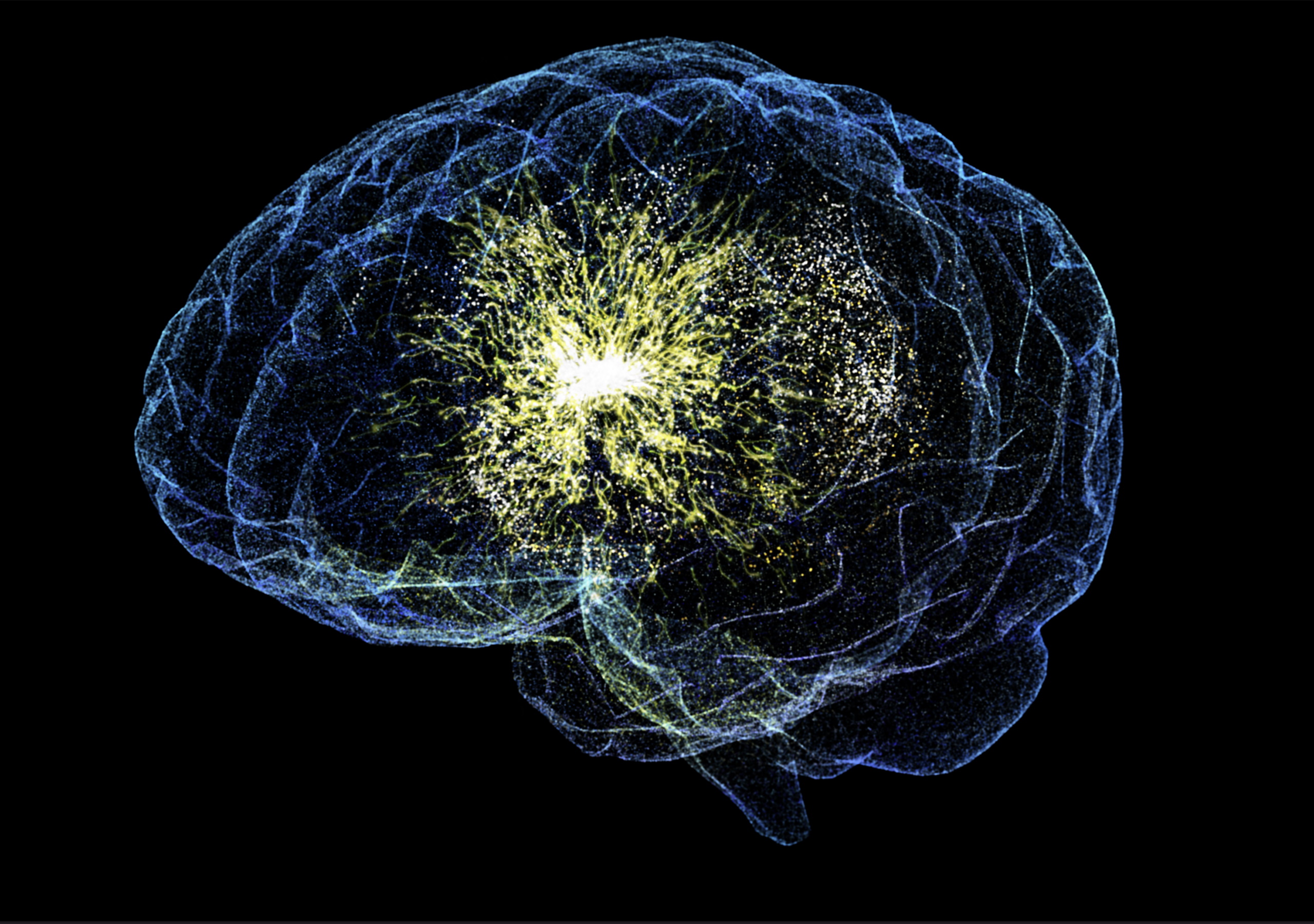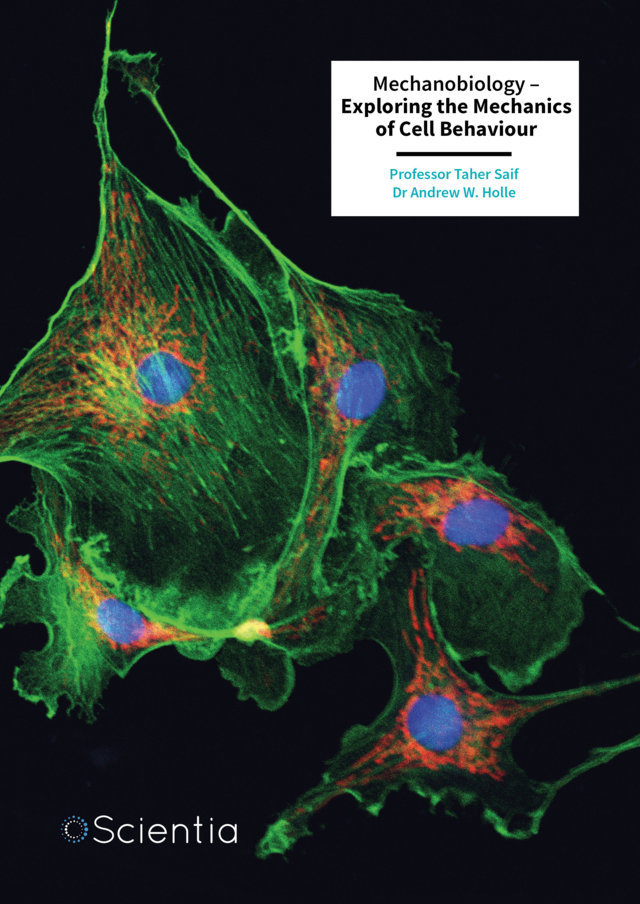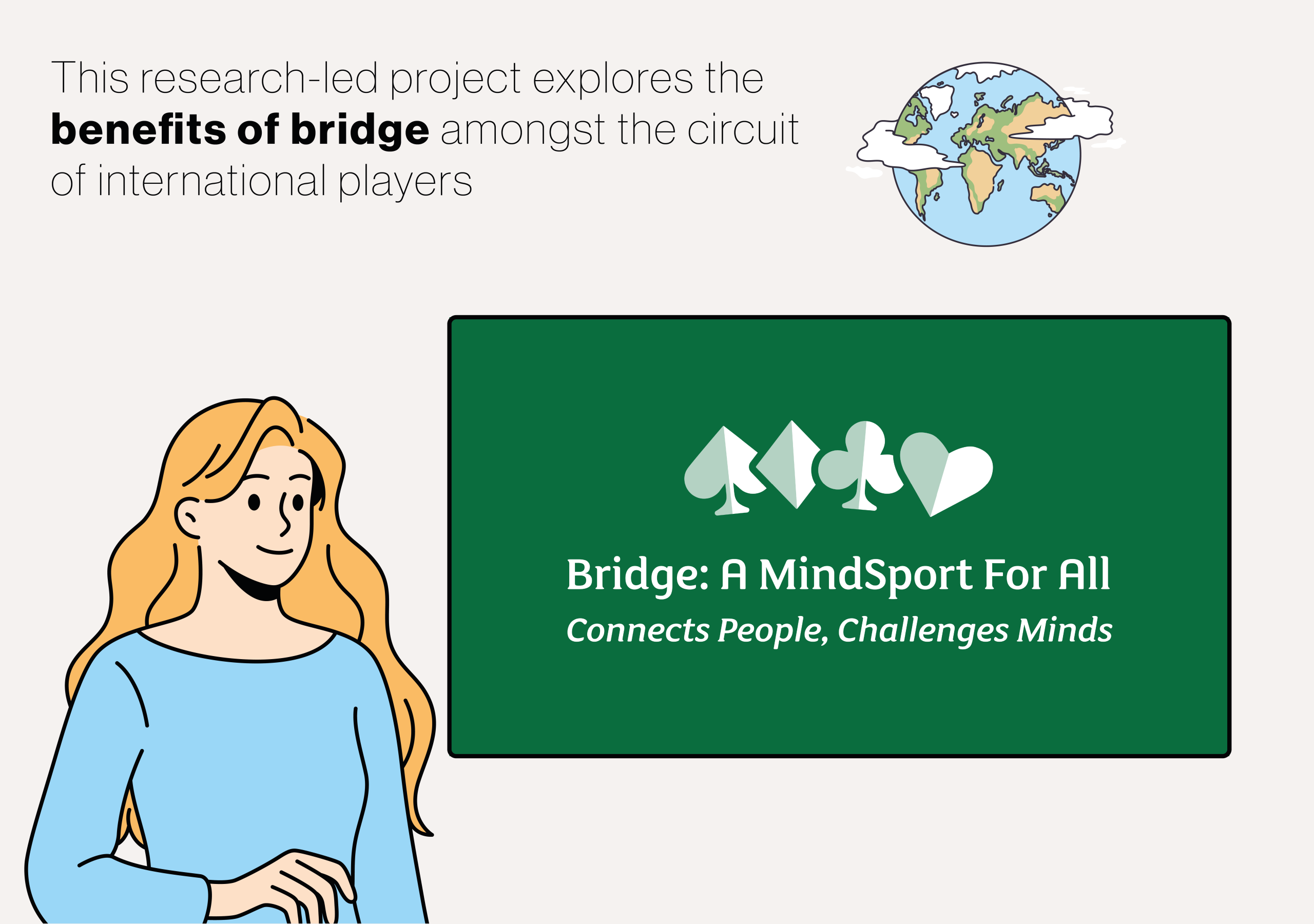Humans aren’t the only species that use tools, many animals do. Our closest relatives, the great apes, have long been known for their intelligence and ability to manipulate objects in their environment. Among the great apes, orangutans stand out for their complex tool use, which may hold important clues about how early human technologies evolved. A recent Outlook article authored by Dr. Robert Shumaker and Dr. Christopher Martin, both of the Indianapolis Zoo, delves into the existing research into ways that orangutans use stone tools, exploring the cognitive processes behind this behavior and what it can tell us about human evolution. More
Using tools can have a major impact on the success of a particular species. Tool use refers to the ways objects are used in a variety of modes, such as throwing, cutting, or pounding. Using a stone hammer to crack open nuts is an example. For humans, tool use is tied to the growth of our intelligence, culture, and survival skills. Researchers believe that early humans developed sharp stone tools, giving them an advantage in accessing food and other resources.
Dr. Shumaker and Dr. Martin were curious to see how closely orangutan tool use mirrors that of early humans. Orangutans, like chimpanzees, have been observed using tools in the wild and in captivity. But how do they go about learning these skills, and what does it tell us about the mental processes behind their behavior?
In the wild, all great apes use tools in a variety of ways. For example, they can use sticks to fish for insects in inaccessible nooks. Dr. Shumaker and Dr. Martin focused on research that investigated a fairly unusual behavior: using sharp stone tools to cut objects.
Through their review of the literature, they found that orangutans are capable of using stones for cutting, but only under certain conditions. In an experimental setting, researchers have given orangutans tasks that required them to cut through obstacles, such as ropes or silicone membranes, to obtain a food-based treat. They were also provided with stones that could be struck together to create sharp flakes, similar to how early humans created tools. However, even with these materials in front of them, the orangutans did not attempt to make their own sharp tools.
This doesn’t mean they couldn’t use sharp tools. When the researchers provided the orangutans with human-made stone flakes, they used them successfully to cut through the obstacles and access the food. This showed that orangutans can understand the concept and function of a sharp tool, but they may lack the motivation or insight to create one for themselves.
One of the most fascinating aspects detailed in the article is the way in which orangutans learn to use tools through observation. Dr. Shumaker and Dr. Martin emphasize the importance of social learning in tool use. Social learning refers to the process through which any species, including humans, learns behaviors by watching others. In the case of orangutans, they often learn how to use tools by observing trusted companions, including humans.
For example, an orangutan watched a familiar human use a sharp object to cut something. Shortly after, the orangutan mimicked this action by drawing a stick back and forth across her own hair in a cutting motion, demonstrating her understanding of the action and its purpose. In another case, an orangutan attempted to open a coconut by pounding it with a stone. After failing to crack it open, the orangutan handed the coconut to a human holding a machete, clearly requesting help in cutting it open.
These behaviors highlight an ability to not only understand the tool function but also to collaborate with others in using them—a trait that is strikingly similar to early humans, who likely learned and shared tool-making skills within social groups.
However, orangutans do not always approach tasks in the same way that humans do. For instance, researchers presented orangutans with devices that required cutting to access a food reward. Despite the availability of materials to make sharp stone tools, the orangutans did not attempt to create one. Instead, one of the orangutans found a simpler solution: he used a stick to open the device and retrieve the food.
This finding suggests that orangutans prioritize practical, familiar solutions over novel ones. In this case, the orangutan didn’t need to make a sharp tool because he found a way to solve the problem without one. This reflects a broader concept, where animals (including humans) can become stuck using tools in the same way they’ve used them before, rather than exploring new uses.
But what if the reward was more enticing? To test this, researchers offered grapes—a treat—in exchange for sharp stone flakes. The apes quickly learned to trade the sharp stones for the grapes, showing that when motivated by a valuable reward, they could adjust their behavior. However, even when given the materials and the opportunity, the orangutans didn’t try to make sharp flakes themselves, opting instead to use the ones provided by the researchers.
Some researchers believe that only apes who are raised as humans, sometimes referred to as “enculturation”, develop the mental abilities to perform some complex behaviors such as making and using stone tools.
However, Shumaker and Martin question this idea. While enculturation might encourage or reveal certain cognitive abilities, it does not create them. This is a crucial distinction. Orangutans already possess the capacity for complex thought and problem-solving whether they are raised around humans or not.
The orangutans in the stone tool use study did not fail, they used alternative solutions to the ones planned by the experimenters. This speaks to the importance of experimental design for great apes that considers their perspective and authentically reveals their mental skills, abilities, and complexity.
This research gives us a fascinating glimpse into the cognitive world of orangutans and helps us better understand how tool use evolved in humans. The findings suggest that while orangutans are highly intelligent and capable of using tools, experimental design can be biased against great ape participants
Orangutans live in environments where they don’t face the same pressures as early humans. If they can solve a problem without making a sharp tool, they will—and their solutions are often just as clever, if not more so, than the ones we expect.
This article by Dr. Robert Shumaker and Dr. Christopher Martin highlights the importance of experimental design and how it can bias results when studying great apes. Orangutans have the intelligence to make, use and understand tools, but may not do it in the ways that researchers anticipate. By studying our closest relatives, we can gain valuable insights into how early humans may have developed their tool-making abilities and what this means for the broader story of human evolution.







